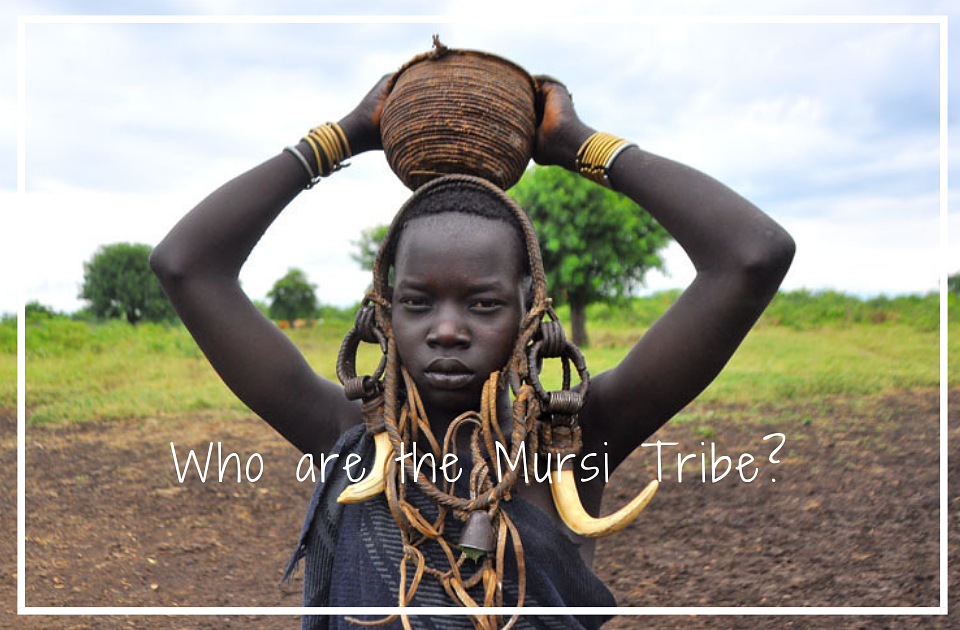Who Are The Mursi Tribe?

Posted on Mon 26 Apr 2021
Ethiopia is a land-locked, east African country located just north of the equator, with a population of 105 million people, more than double that of Spain, and an area more than 10 times the size of the UK. These statistics may surprise you as Ethiopia is relatively under the radar, both in terms of general media coverage and from a travel destination point of view. This is a huge injustice as the country’s size and magnificent landscapes are two of its largest assets, making it a terrific adventure holiday destination. Another reason to visit this African jewel would be the people that live there. The diverse population of the country is a real fascination and in this article, we’ll be looking at The Mursi Tribe of Ethiopia.
The Mursi Tribe (or Mun as they refer to themselves) are a unique group of people with a population most recently recorded as being 7,500. Of these, roughly 450 people live in urban areas of the country and the remaining inhabiting the Southern Nations, Nationalities and People’s Region (SNNPR), located in the Debub Omo Zone. The Mursi speak the Mursi language as a mother tongue, a language classified as Surmic (a branch of eastern Sudanic language).
The Mursi Tribe are perhaps the most renowned tribe in Ethiopia, with seemingly other-worldly traditions. The most notable of these would be the lip plates that the women of the tribe wear. A tradition that starts in their early teenage years with a piercing made just beneath their lower lip into which a small plates is placed. When the women turn 20, they start to insert progressively larger plates into the insision, the weight of the plate will cause the skin to stretch over time and therefore bigger plates can be worn. This seemingly grisly feature is typically considered the height of beauty, with the larger the plate worn, the more attractive and valuable she is to marry. Although you can’t tell from the photographs of the women of the tribe, the plates are not worn overly often meaning the women are left with distended lips hanging from their mouths.
The men of the tribe don’t escape the traditions either, as they face a brutal marital tribal test. In order for a man to be eligible for marriage, he must first battle an opponent, with both men using two-meter long sticks called dongas, until one of the fighters admits defeat. The winner is then taken by a group of women to determine which of them he will marry.
The Mursi tribe are pastoralists and have had experiences with forces greater than themselves, this is somethey they refer to as Tumwi. In this society, the principal religious office is that of the Kômoru, which would be the priest or shaman. The Kômoru acts a line of communication between the community and god, and embodies in his person the well-being of the group. His role demands the performance of rituals, with the hope of bringing rain, protecting the men of the tribe and protecting the cattle and crops from disease; also, to ward off attacks and threats from other tribes.
In recent years, the relationship between the Ethiopian government and the tribe has been characterised by the coercion of the tribe to sign documents they couldn’t read, which would give the African Parks Foundation access to their land. In 2005, 463 homes were burned down by the Ethiopian Government in the Nech Sar National Park after the African Parks Foundation signed an agreement with the government.
The Mursi tribe are an interesting and intriguing group of people, of which there are many within the various communities of Ethiopia. If you’re looking for a once in a lifetime experience with the opportunity to explore the diverse country of Ethiopia, we’d recommend checking out our Ethiopia Experience package!
Image Source: Rod Waddington
Read more from our blog here
